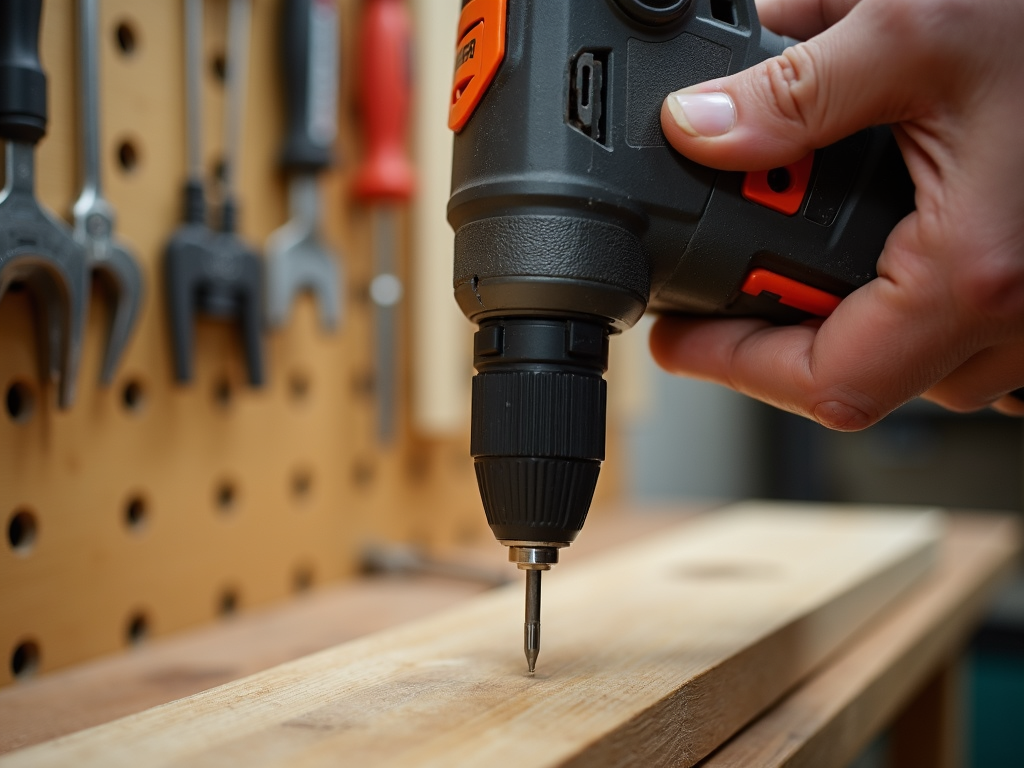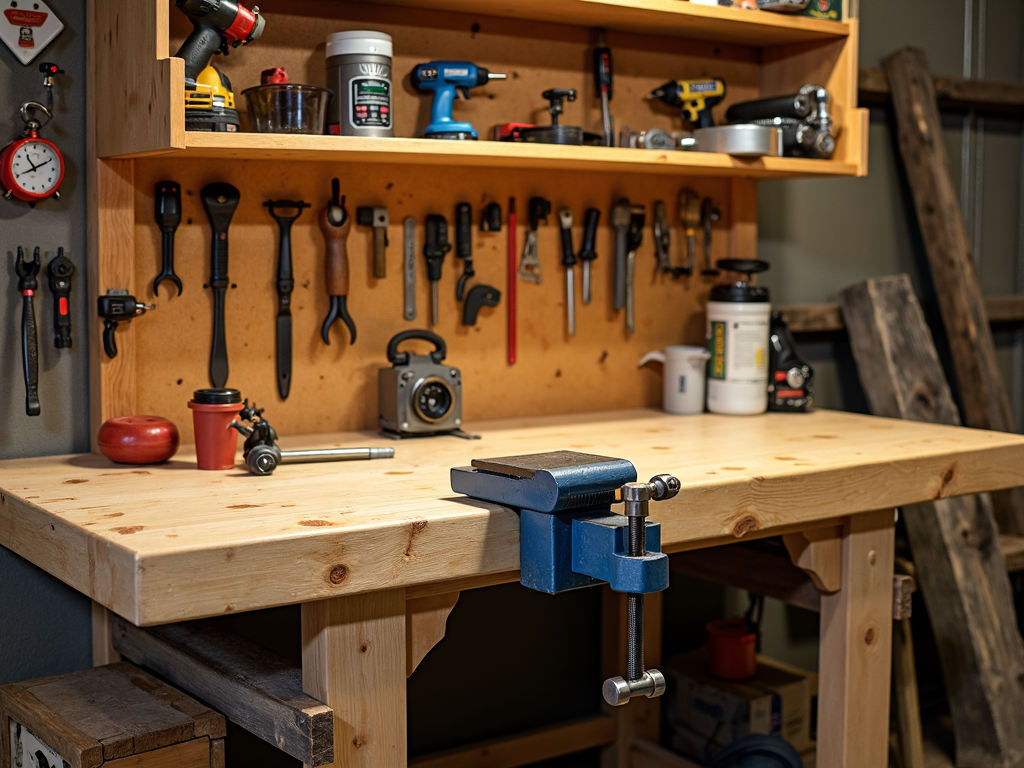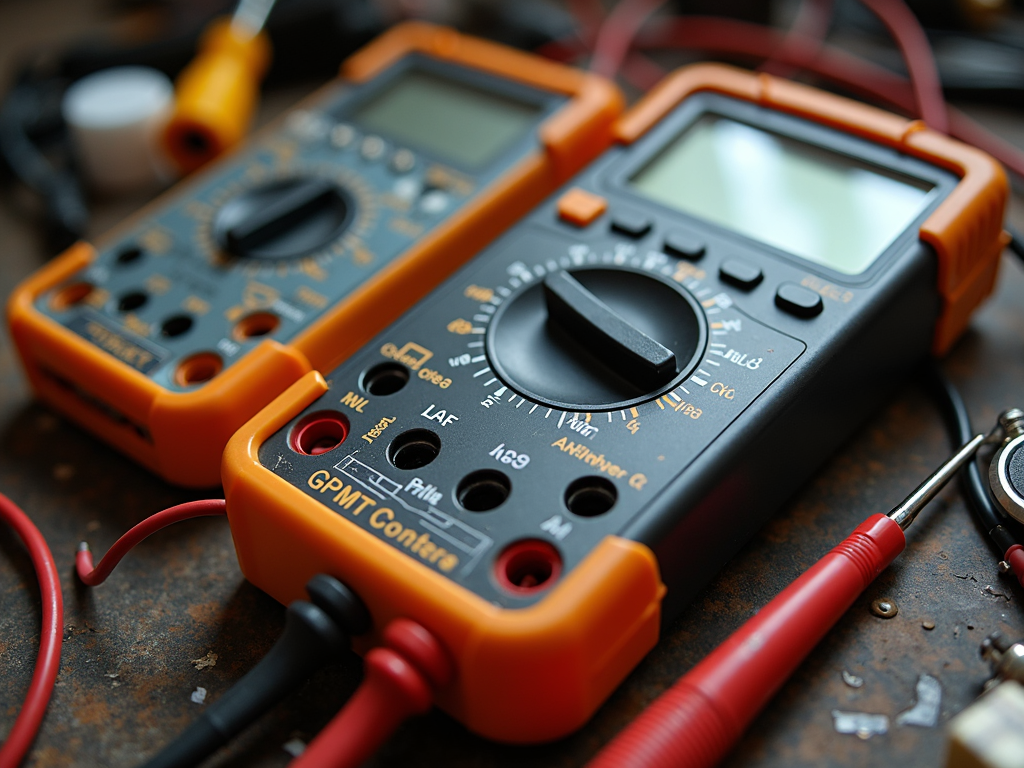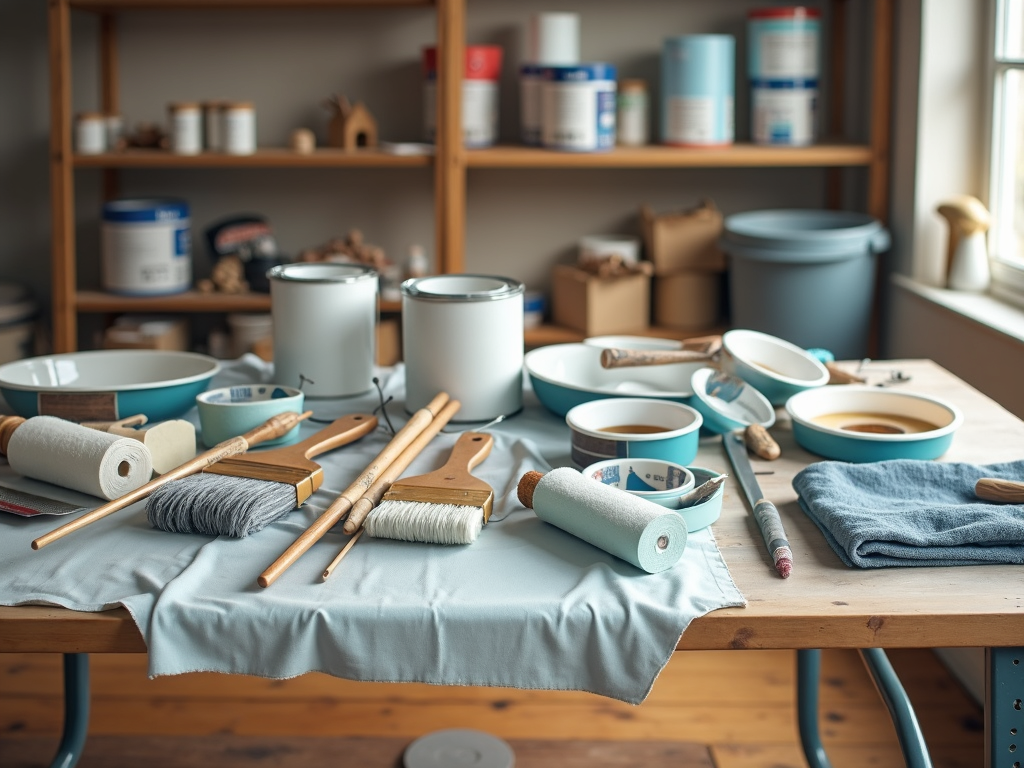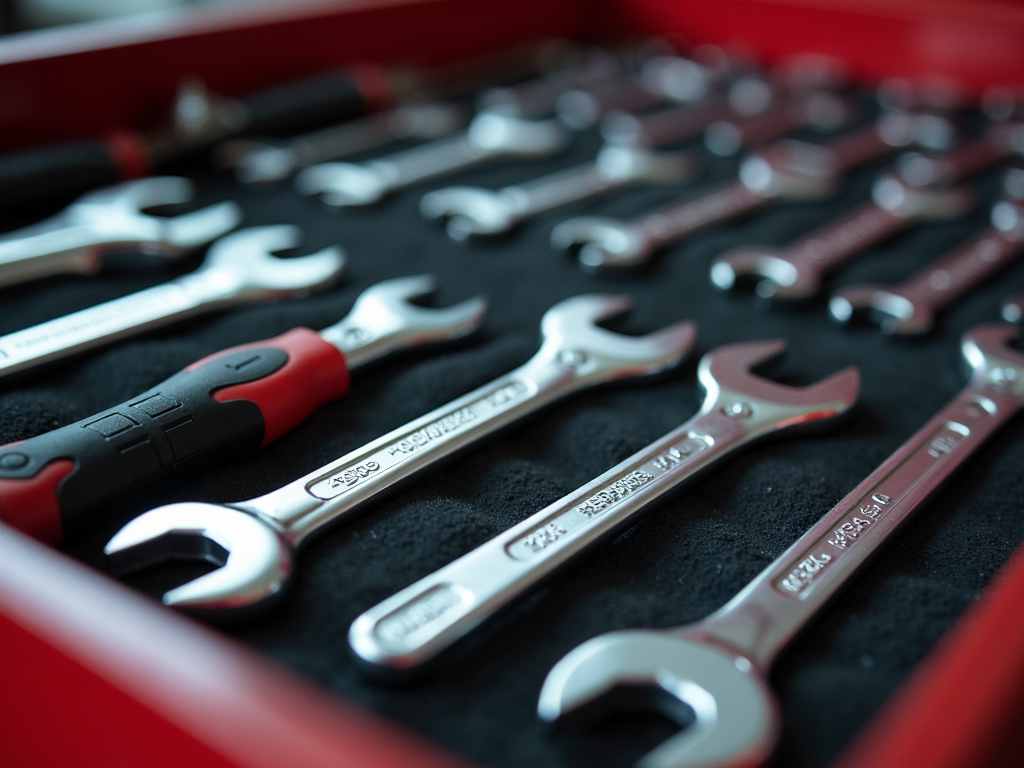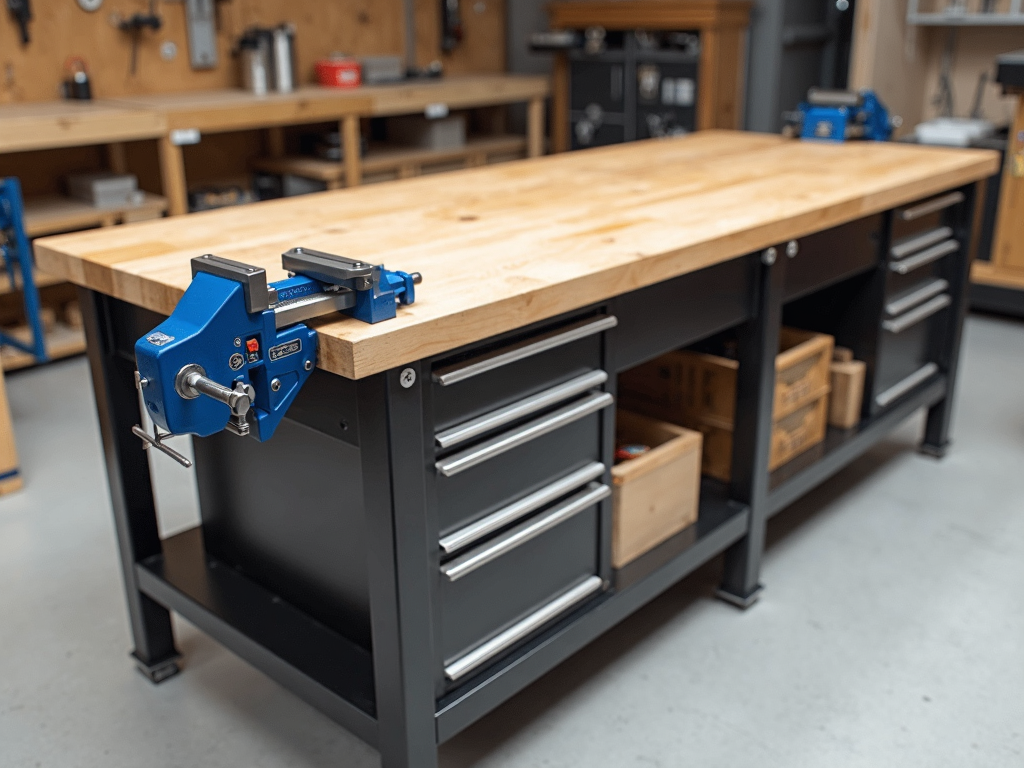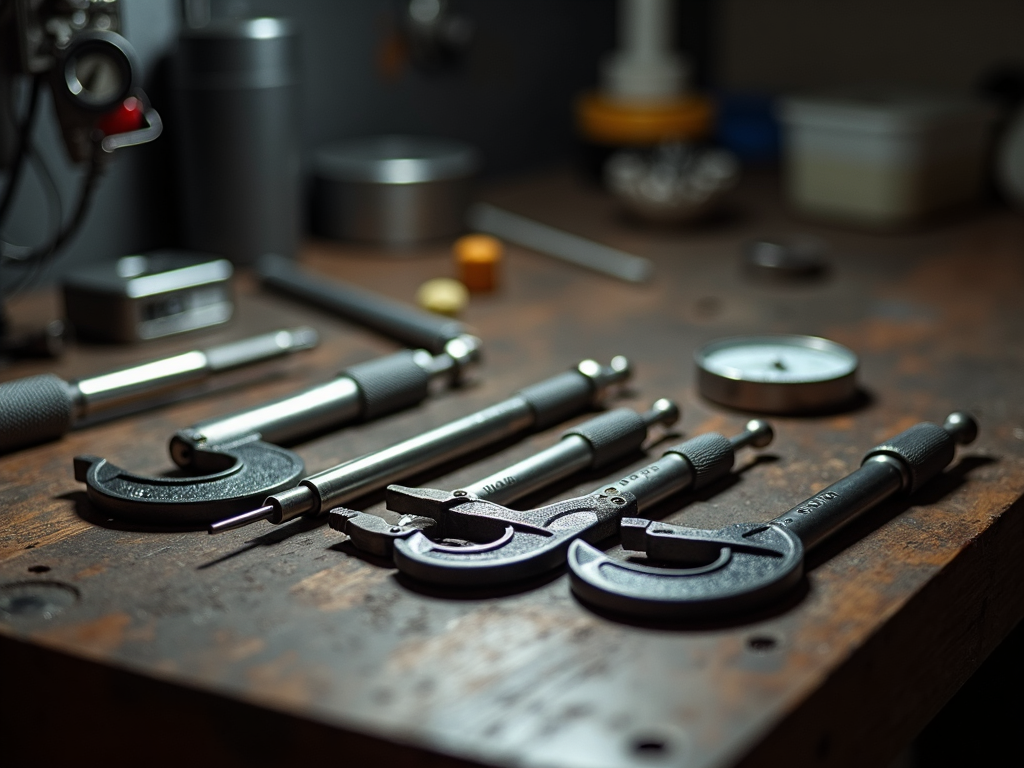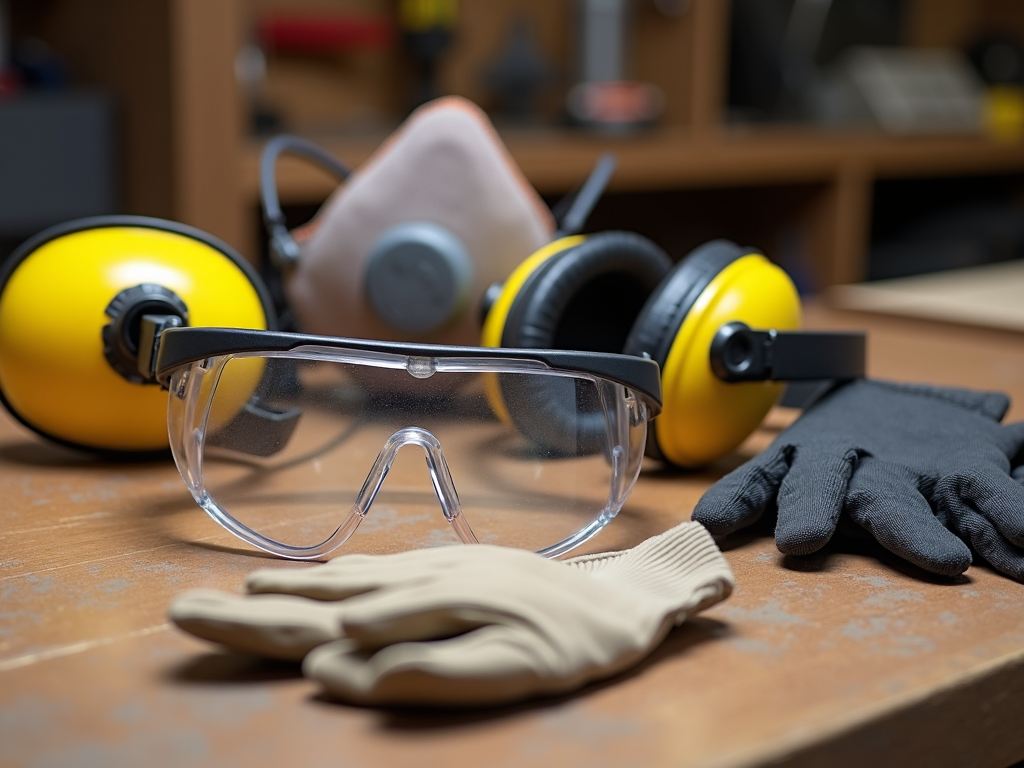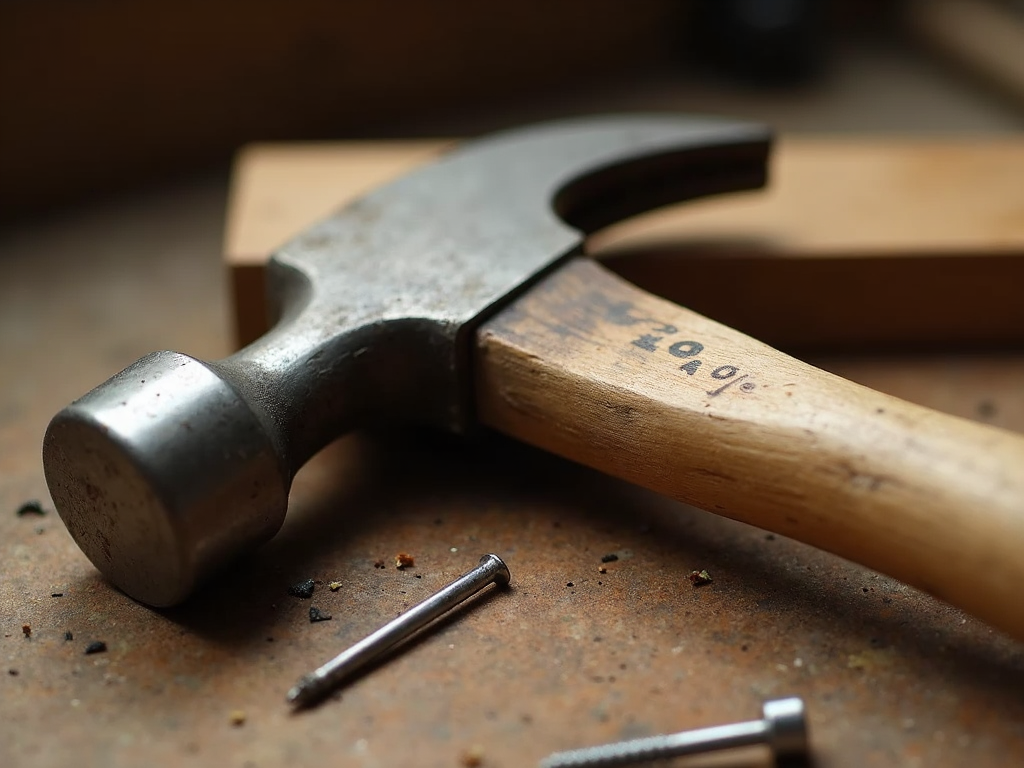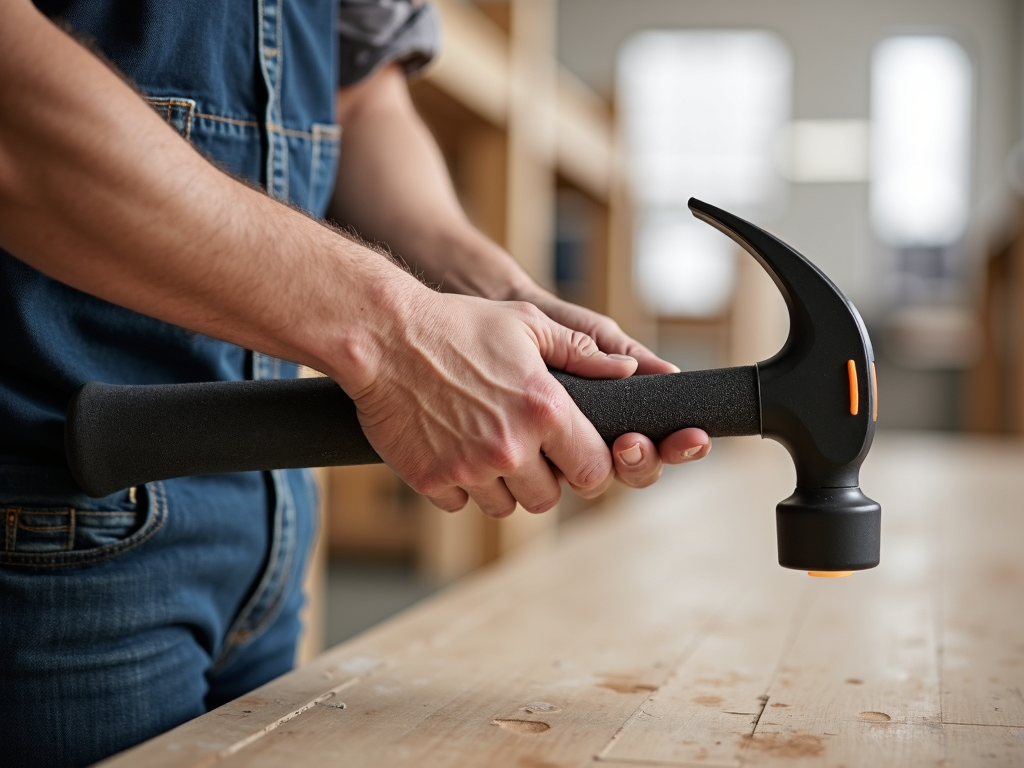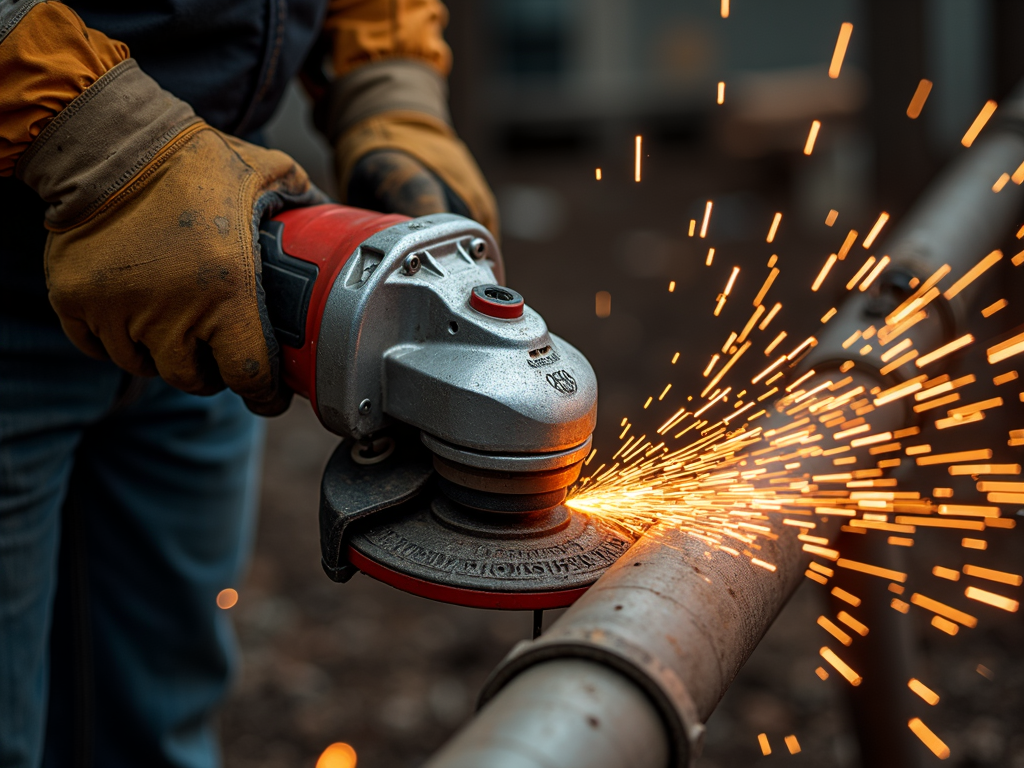Wrenches are must-have tools for any workman, but using them wrong can hurt you or ruin your project. This article shares safety tips for using wrenches effectively to keep you safe and efficient. Whether you’re fixing a car or assembling furniture, these tips are for you.
Why Safety Matters with Wrenches
Wrenches seem simple, but mistakes can lead to smashed fingers, stripped bolts, or worse. I’ve seen it happen—once, a friend overtightened a bolt and cracked a metal plate. Safety isn’t just about avoiding injury; it’s about getting the job done right the first time.

Choose the Right Wrench for the Job
Picking the correct wrench is your first step to staying safe. A mismatch—like using a too-small wrench—can slip and hurt you. I always check the fastener size first. For example, a 10mm bolt needs a 10mm wrench, not an adjustable one that’s ‘close enough.’
Different jobs need different wrenches. A torque wrench is perfect for car repairs because it tightens bolts just right. The University of Michigan’s Engineering Department explains how precise torque prevents damage—something I learned after over-tightening a lug nut once.
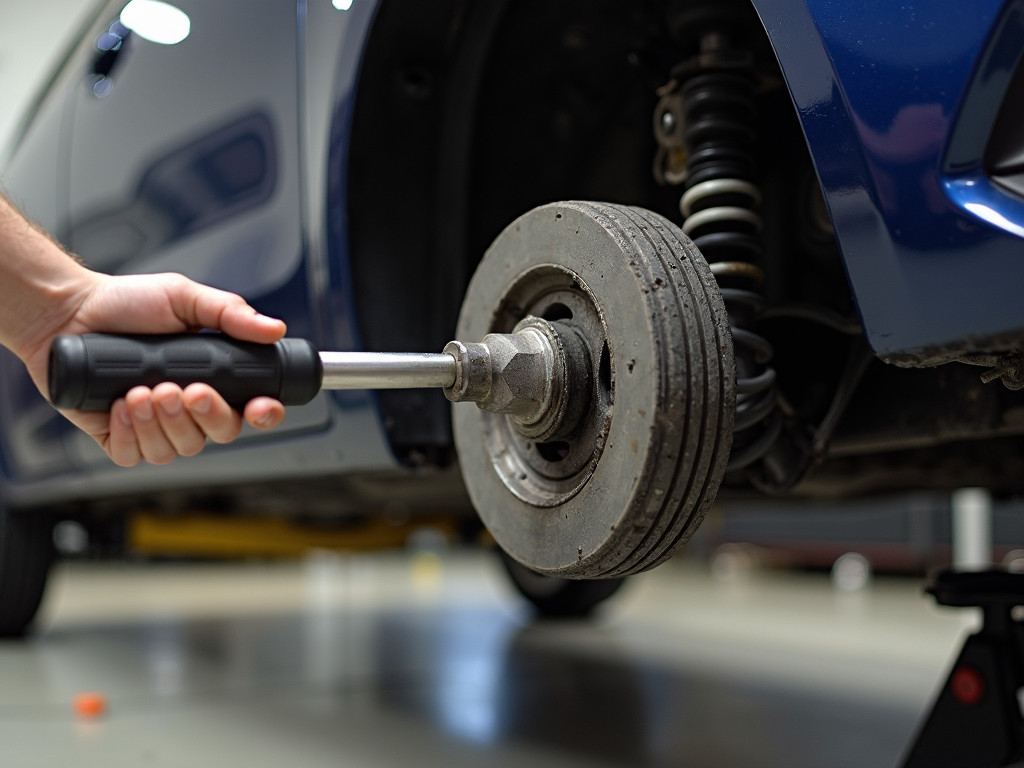
Master Proper Handling Techniques
How you hold and use a wrench matters a lot. Grip it firmly with your whole hand, not just your fingers. I’ve found that pulling the wrench toward me, instead of pushing, gives me better control. It’s saved me from a few close calls.
Here’s a quick list of handling tips: - Pull, don’t push: Reduces slipping. - Keep it steady: Don’t wobble the wrench. - Use both hands if needed: More force, less strain.
Adjustable wrenches need extra care. Make sure they fit tight before turning. A loose grip once cost me a bruised knuckle when the wrench slipped off a rusty bolt.

Ergonomic Wrenches for Reducing Hand Strain
Long hours with a wrench can tire your hands. That’s where ergonomic wrenches for reducing hand strain come in. They’re shaped to fit your grip naturally. I switched to one after a day of tightening bolts left my wrist sore—it made a huge difference.
The Occupational Safety and Health Administration (OSHA) highlights how ergonomic tools cut down on injuries like tendonitis. They’re not just comfy; they keep you working longer without pain.
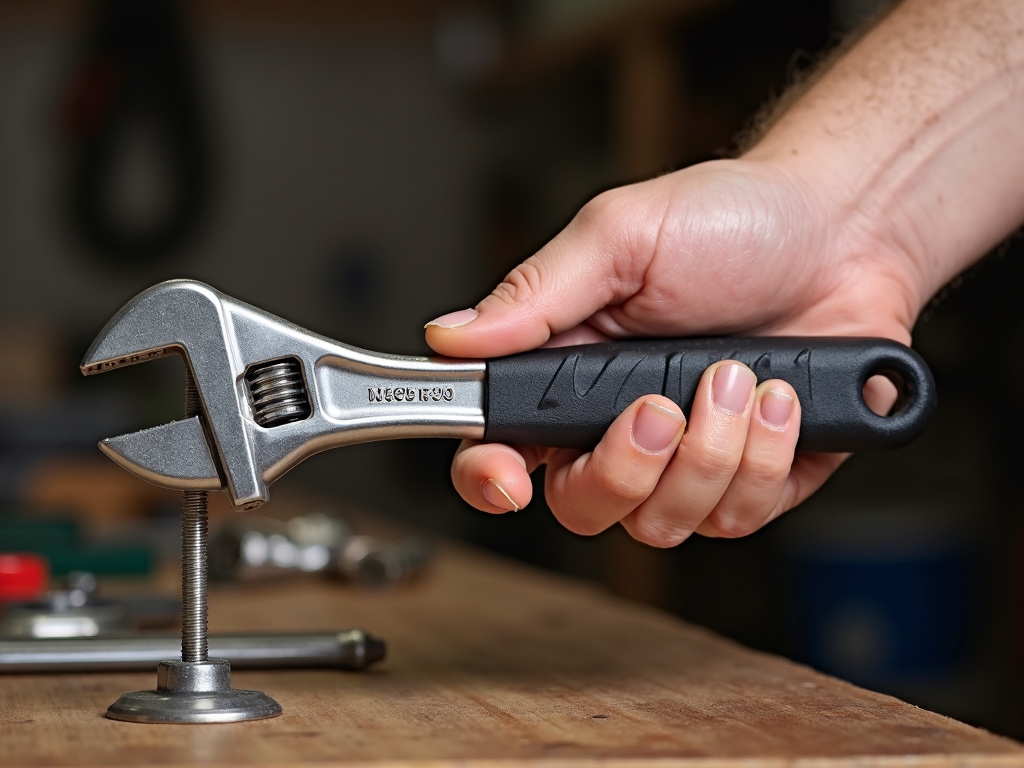
Use Personal Protective Equipment (PPE)
Don’t skip safety gear. Gloves protect your hands from sharp edges, and safety glasses shield your eyes from flying bits. I once had a metal splinter bounce off my glasses instead of my eye—proof PPE works.
Here’s a simple table of PPE for wrench use: | Gear | Purpose | |--------------|--------------------------| | Gloves | Grip and protection | | Safety Glasses | Eye safety | | Steel-toe Boots | Foot protection |
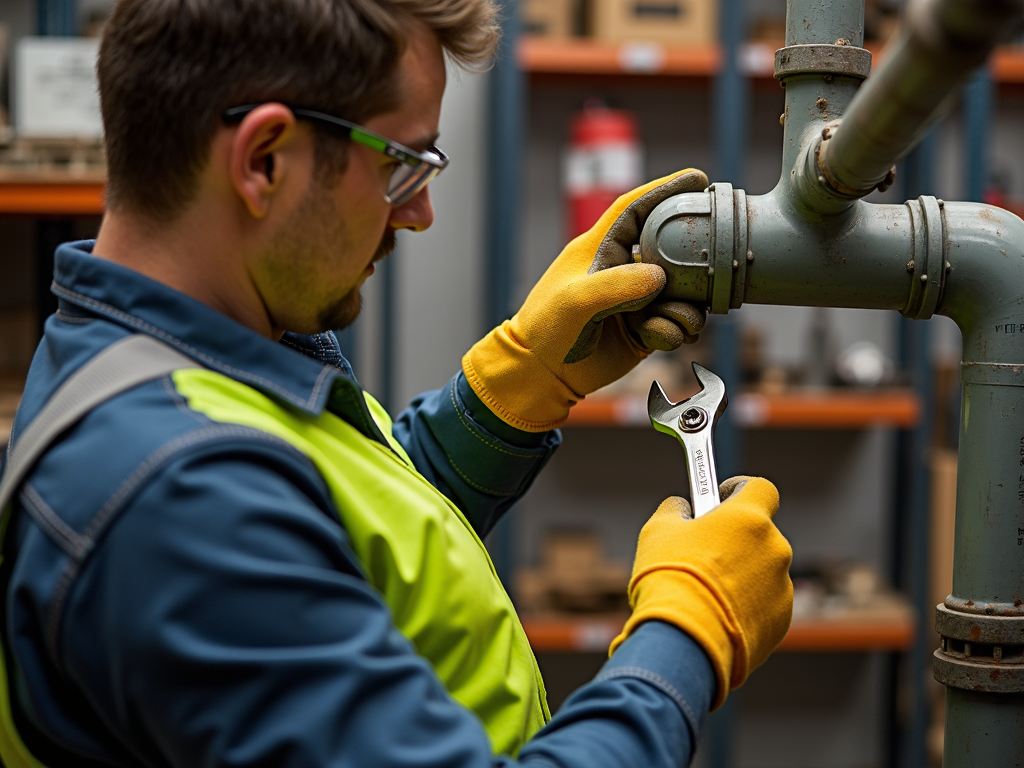
Maintain Your Wrenches
A well-kept wrench is a safe wrench. Check for cracks or wear before each use—I’ve tossed a few with bent handles that could’ve snapped. Clean them after use to avoid grease buildup, which makes them slippery.
Store them right, too. A toolbox or pegboard keeps workman tools like wrenches rust-free and easy to grab. The National Safety Council notes proper storage cuts accident risks—a tip I follow religiously.
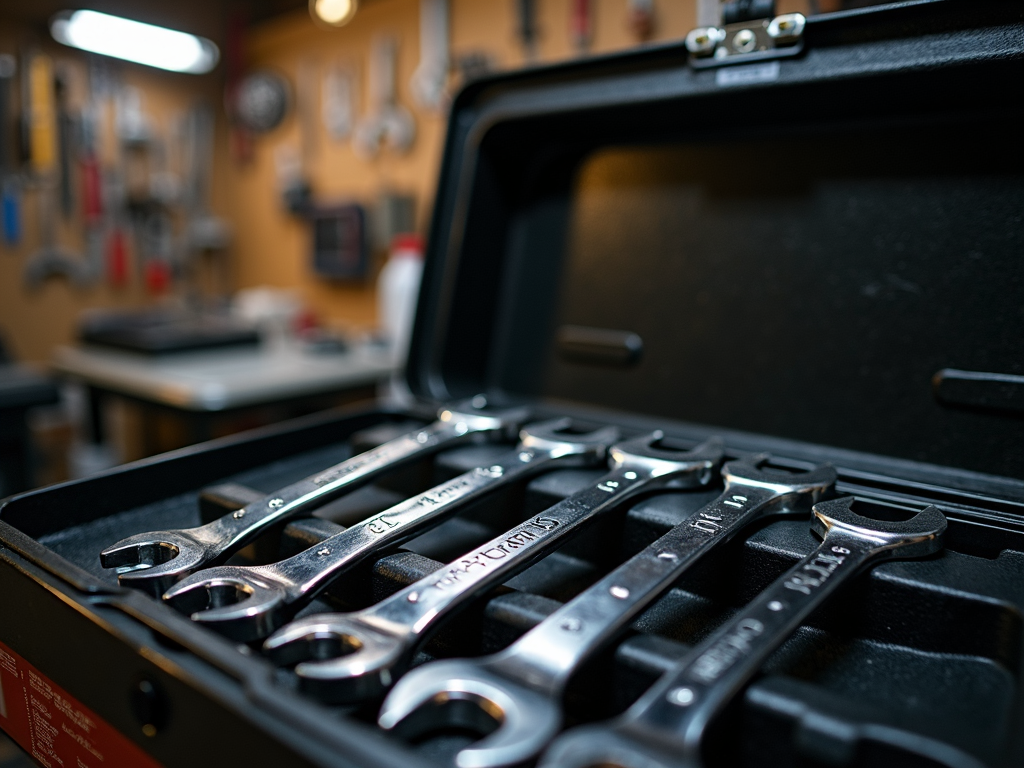
Avoid Common Mistakes
Rushing leads to errors. Don’t use a wrench as a hammer—I did that once and bent the jaw. Also, avoid ‘cheater bars’ (pipes over the handle for leverage). They can break the tool or hurt you. Stick to the wrench’s design.
Another tip: don’t over-tighten. It’s tempting, but it damages bolts and parts. A steady hand and patience work better.
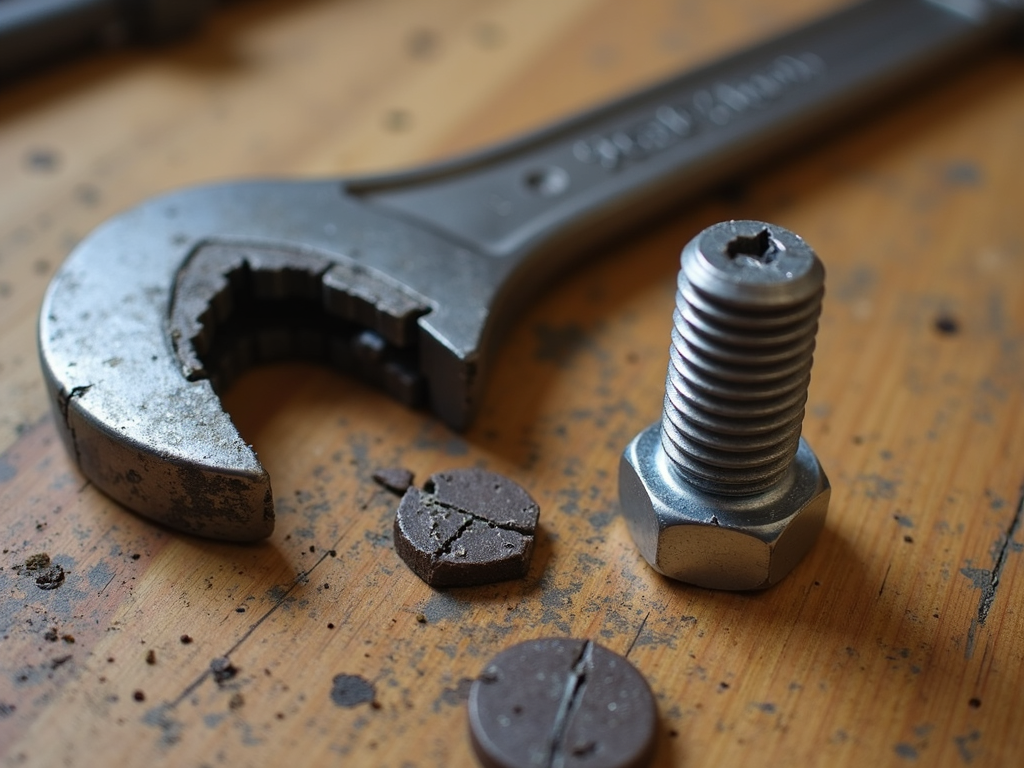
Work in a Safe Environment
Your workspace matters. Keep it clear of clutter so you don’t trip. Good lighting helps you see what you’re doing—I’ve missed a bolt in dim light before. A stable surface, like a workbench, beats working on the floor every time.
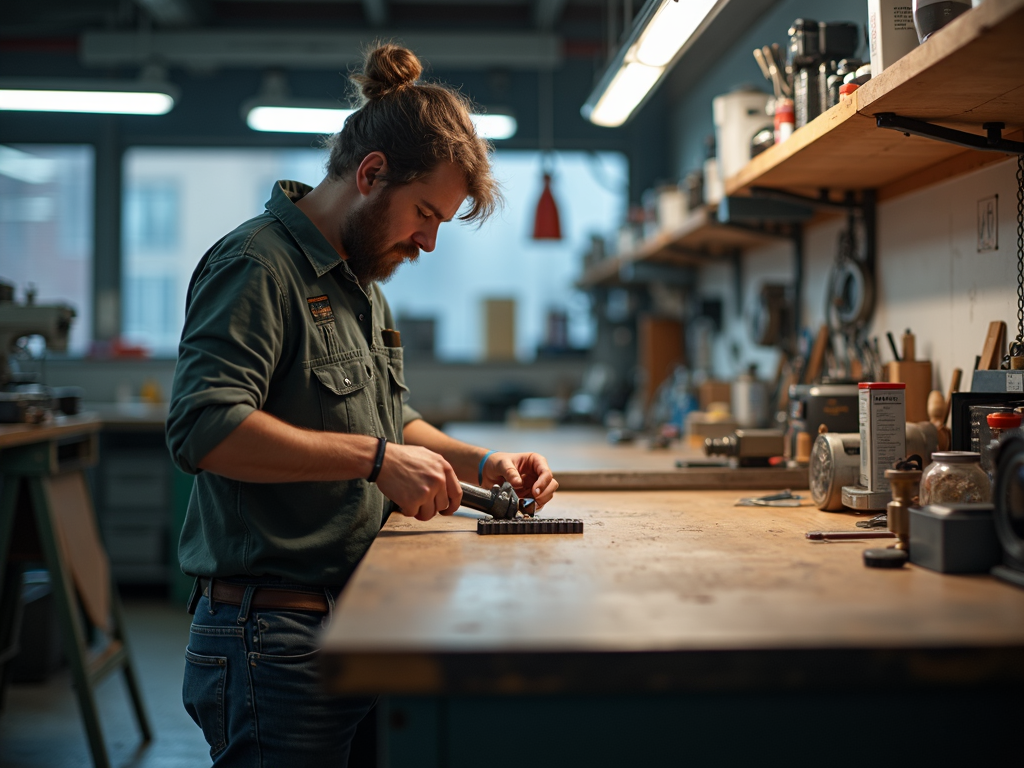
Summary
Using wrenches safely means picking the right one, handling it well, and keeping it in top shape. These safety tips for using wrenches effectively protect you and your work. Add ergonomic tools and PPE, and you’re set for success without the pain.
Related Safety Tips for Using Wrenches Effectively:
- Corded vs. Cordless Drills: Which Is Right for You?
- Top Features to Look for in a Workbench: A Comprehensive Guide
- How to Pick the Right Multimeter for You
- Painting Like a Pro: Essential Tools and How to Care for Them
- The Ultimate Guide to Choosing the Right Wrench for Every Job
- Comprehensive Guide to Tool Maintenance and Care Tips
- The Evolution of Workbenches: From Basic to Advanced Designs
- Precision Tools for Every Craftsman: A Comprehensive Guide
- Safety Tips for Workshop Enthusiasts: A Comprehensive Guide
- Types of Hammers for Different Projects: A Comprehensive Guide
- A Guide to Preventing Work-Related Injuries with Ergonomic Tools
- Top 10 Power Tools Every DIYer Needs
